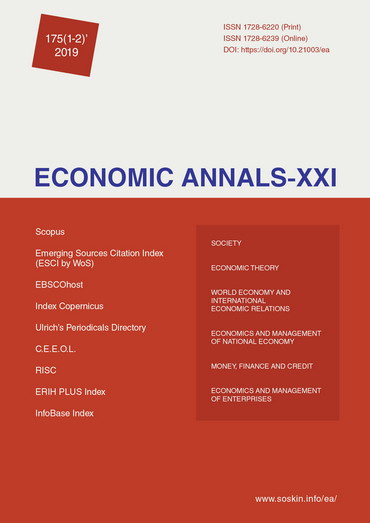Macroeconomic growth in business valuation
Macroeconomic growth in business valuation
Author(s): Bálint Zsolt Almási, Zoltan ZemanSubject(s): National Economy
Published by: Institute of Society Transformation
Keywords: Macroeconomic Growth; Business Cycles; Business Valuation; Conjuncture Cycles; Additional Risk Premiums; Value; US GDP;
Summary/Abstract: The article is dedicated to an important statement, mostly neglected by the overtly finance-focused valuation practice in the present days regarding the influence of the macroeconomic conditions of the system on the business value. It should not only be perceived and analysed through discount businesses and capital expenditure, but the underlying effect of the system as well. In our view, the analysis of macroeconomic effects does not only aid in the refinement of business value calculation, but also in its forecast and long-term analysis, and even in comparative methods. Occurrences accompanied by immediate, specific, and irreversible transactions only provide part of business valuation and value production tasks. In other cases, business value production is forced to work with uncertain data and forecasts. The solution for long-term value production processes could be analysis methods tailored to macroeconomic trends. Even with the numerous distorting factors not filtered yet, it can be concluded that the risk premium content of equity returns changes in relation to its deviance from the GDP trend. It means that conjuncture cycles influence share yield expectations, and through this the value of the shares themselves, as well as the business value. The authors examine whether and how conjuncture cycles affect additional risk premiums, and through that, business value, working with two basic datasets. They analyse the link between the growth of US real GDP in 1961-2018 and the calculated risk interest premium from the S&P500 portfolio dividend discount model for the same timeframe. It has been considered that, when the market prices-in probable events, the switch point of a conjuncture cycle can be forecast from the variation of additional risk premiums and vice versa. The authors have found that interest premiums show double amplitude compared to conjuncture-cycle fluctuation, meaning that interest premiums peak before the conjuncture switch points. Hence, a connection between them is presumable, while its force and direction are described at a later point. Future research will be aimed at analysis the tightness of these connections by sectors with the help of industry betas, especially data concerning Europe, and Hungary.
Journal: Економічний часопис - ХХІ
- Issue Year: 175/2019
- Issue No: 01+02
- Page Range: 18-23
- Page Count: 6
- Language: English

